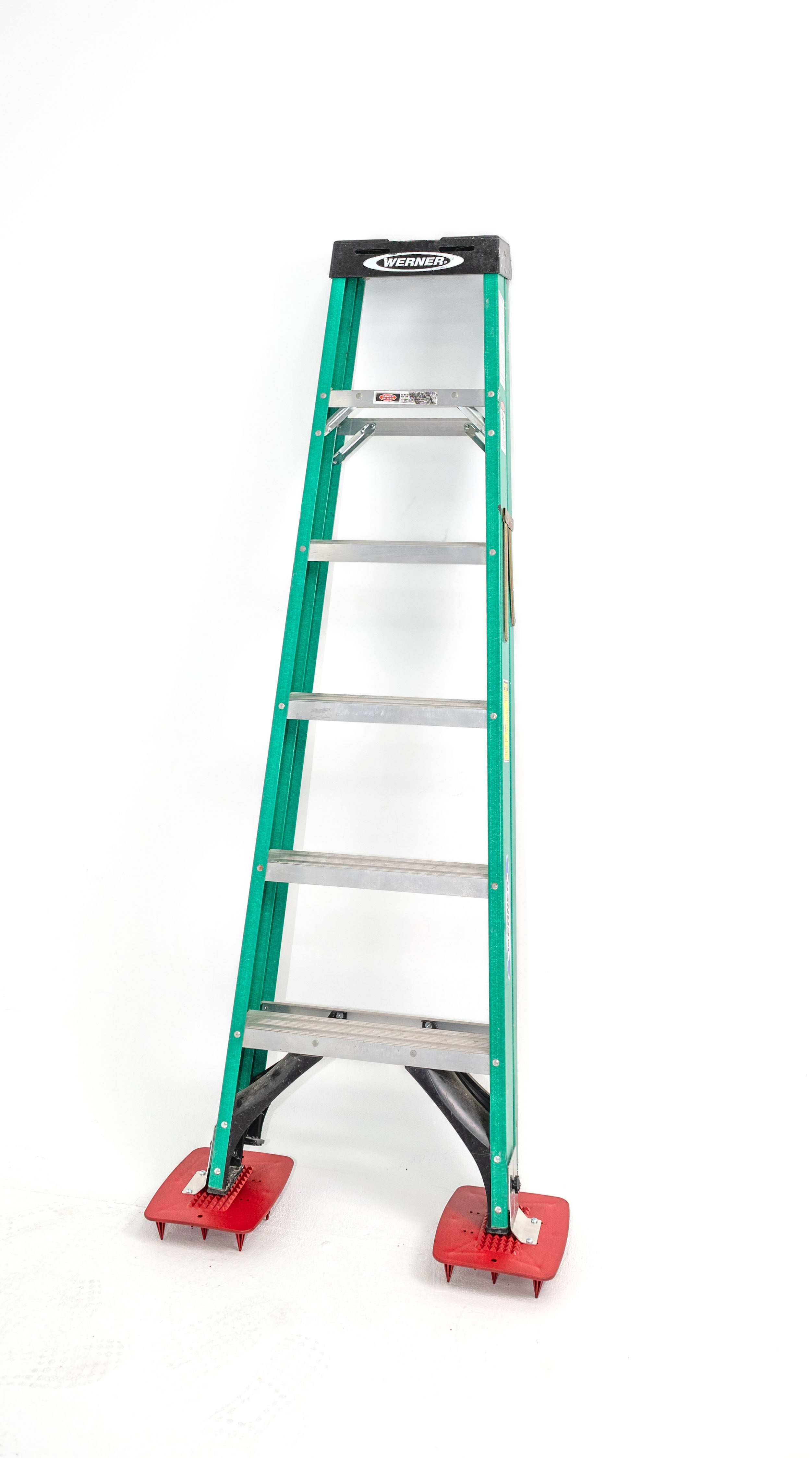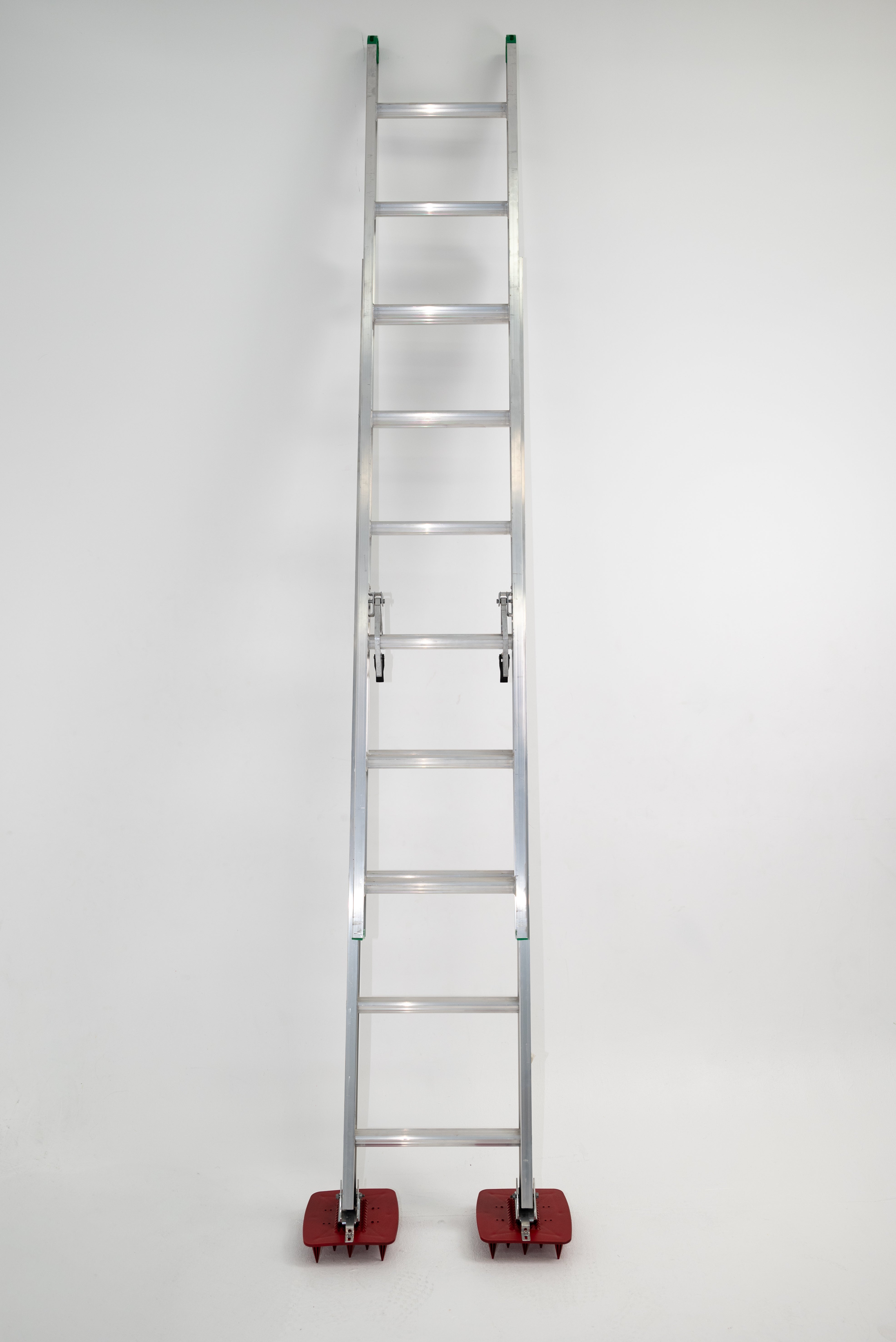Ladders are essential tools on many job sites, from construction zones to maintenance projects. However, improper use and neglect of ladder safety protocols often lead to preventable injuries and fatalities. Each year, thousands of workers are impacted by ladder-related incidents, underscoring the urgent need for better job site safety measures.
Whether it’s a slippery surface, an unstable setup, or a lack of proper training, the risks associated with ladders can be mitigated with the right strategies and equipment. Prioritizing workplace safety practices doesn’t just protect workers—it fosters a culture of responsibility, reduces costly accidents, and ensures compliance with industry regulations.
Importance of Workplace Safety in Construction and Related Industries
Workplace safety is a cornerstone of efficiency and success, especially in industries like construction and maintenance, where hazards are common. Ensuring comprehensive workplace safety practices is vital to protecting workers and minimizing the risks of injuries or fatalities. Construction sites, in particular, often involve tasks performed at heights, making ladder safety a critical component of overall job site safety.
By implementing safety protocols, providing adequate training, and equipping workers with the right tools, businesses can significantly reduce incidents and foster a secure environment. These measures protect employees from harm and create a culture of accountability and responsibility. When preventing ladder falls becomes a priority, it leads to more productive teams, fewer delays, and enhanced trust from clients and stakeholders. Prioritizing safety is an investment in the well-being of workers and the company's long-term success.

The Risks of Neglecting Ladder Safety
Neglecting ladder safety can lead to severe consequences, including injuries, delays, and financial losses. Below are the key risks that highlight the importance of prioritizing ladder safety on every job site.
Falls from Heights: A Leading Cause of Workplace Injuries
Falls from ladders are one of the most common workplace accidents. Improper placement or failure to secure a ladder can result in severe injuries. Using equipment like ladder stabilizers and following job site safety protocols can help reduce these incidents.
Instability on Uneven or Slippery Surfaces
Ladders placed on uneven or slippery surfaces pose significant risks of tipping over. Tools like the ladder claw enhance stability, making it easier to prevent accidents on challenging terrain.
Overloading: Exceeding Weight Limits
Exceeding a ladder’s weight capacity compromises its structure and can lead to sudden collapses. Workers should always adhere to the manufacturer’s guidelines to avoid unnecessary risks.
Improper Ladder Setup Practices
Incorrect ladder setup, such as improper angling or unsecured bases, is a common cause of instability. Regular training and adherence to safe ladder setup protocols are essential for ensuring job site safety.
Lack of Training in Ladder Usage
Untrained workers may misuse ladders, increasing the likelihood of accidents. Investing in proper training ensures that teams are well-prepared to use ladders safely, reducing injuries and boosting confidence.

Key Factors Contributing to Ladder Accidents
Several factors often lead to ladder-related accidents. Understanding these can help in taking preventive measures for effective ladder accident prevention:
Improper Ladder Placement
Ladders placed on uneven ground or unstable surfaces pose serious risks of tipping over. Using tools like a ladder claw enhances stability, particularly on challenging terrain.
Lack of Proper Tools
The absence of essential ladder safety tools, such as a ladder claw or ladder stabilizer, compromises safety. These tools are designed to improve stability and prevent falls.
Rushing or Haste
Skipping safety checks to save time often results in improper setups, increasing the likelihood of accidents. A safety-first culture is essential for preventing ladder falls.
Inadequate Maintenance
Using old or damaged ladders without inspection leads to accidents. Regular checks and timely replacements are crucial to maintaining safe equipment.
Failure to Follow Safety Guidelines
Ignoring proper procedures for construction safety equipment use and ladder setup increases risks. Continuous training and enforcement of safety rules are vital for a secure work environment.

Benefits of Prioritizing Ladder Safety
A robust focus on ladder safety delivers numerous advantages.
Reduced Accidents and Injuries
Implementing safety measures, such as using ladder stabilizers or a ladder claw, drastically lowers the likelihood of accidents.
Improved Worker Morale and Productivity
A safe environment makes employees feel valued, boosting their morale and productivity. Workers perform better when they trust their safety is a priority.
Reduced Costs
Accidents can lead to expensive medical bills, lawsuits, and delays. Proactive safety measures save money by preventing such incidents.
Enhanced Reputation
Businesses prioritizing job site safety earn a reputation for professionalism and care, attracting clients and talented workers.
Compliance with Regulations
Adhering to safety standards helps companies avoid legal penalties and ensures smooth operations.
Increased Awareness and Responsibility
Safety protocols foster a culture of responsibility among employees, ensuring everyone takes ownership of maintaining a safe workplace.
Best Practices for Ladder Safety on Job Sites
Adopting comprehensive safety measures can significantly enhance job site safety. Here are some best practices:
Inspect Ladders Regularly
Check for cracks, loose screws, bent rungs, or signs of wear. Remove damaged ladders from service immediately to prevent accidents.
Use the Right Tools
Enhance stability with ladder safety tools like stabilizers and claws. These tools secure ladders on uneven or soft surfaces, minimizing the risk of falls.
Train Employees
Provide comprehensive training on safe ladder setup, proper weight limits, and the correct use of construction safety equipment. Regular refreshers help reinforce these practices.
Maintain a Clear Area
To ensure stability and prevent tripping hazards, keep the ladder’s base free of debris, tools, or obstacles.
Invest in Quality Equipment
High-quality construction safety equipment is essential for reliable, long-term use. Durable ladders and safety tools reduce risks and save costs in the long run.
Monitor Setup Angles
Follow proper setup angles, such as the 4-to-1 ratio, to prevent ladders from tipping or sliding. Correct placement ensures safer operations.

Where to Buy Quality Ladders and Safety Equipment
Investing in reliable safety tools is essential for ensuring ladder safety and minimizing risks on job sites. When it comes to innovative solutions, Ladder Claw leads the way. Designed to provide superior stability on uneven or soft surfaces like mud, sand, gravel, or manicured lawns, the Ladder Claw significantly reduces the risk of ladder-related accidents. Its large footprint ensures a secure base, preventing ladders from sinking and offering unmatched reliability for workers.
Whether you're a professional in construction or tackling DIY projects, the Ladder Claw is a game-changer. Built for durability and ease of use, it enhances safety and boosts efficiency on every job site. Visit Ladder Claw's online store to explore their products and equip your team with cutting-edge safety tools.
Strengthening Ladder Safety for a Safer Work Environment
Ladder safety is critical to maintaining a secure and efficient job site. From understanding the risks of improper ladder use to implementing best practices and investing in quality construction safety equipment, prioritizing safety measures protects workers, reduces accidents, and ensures compliance with industry standards. Creating a culture of safety not only improves productivity but also fosters trust and responsibility among workers.
For enhanced ladder stability and safety, trust Ladder Claw, a leader in innovative ladder safety solutions. Ladder Claw provides a stable foundation that prevents sinking and reduces the likelihood of falls. Contact them today!





